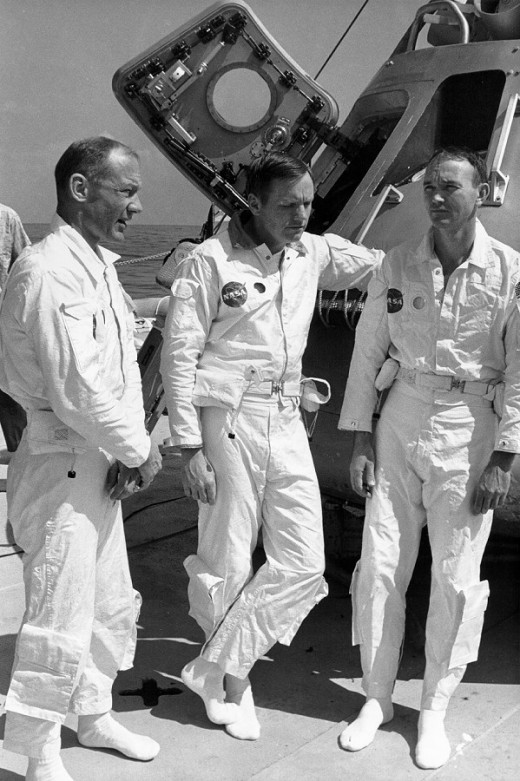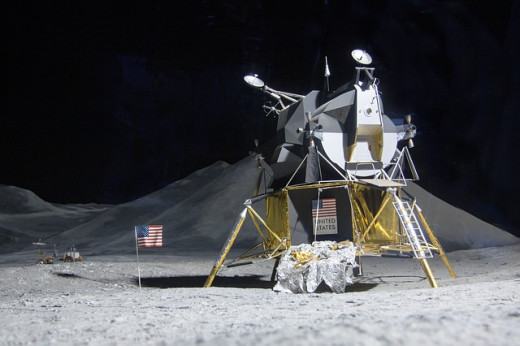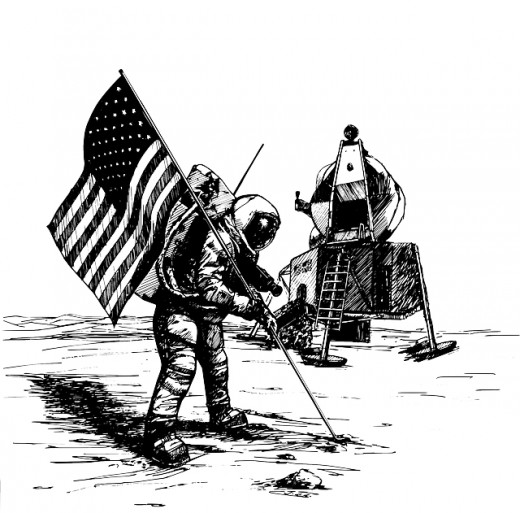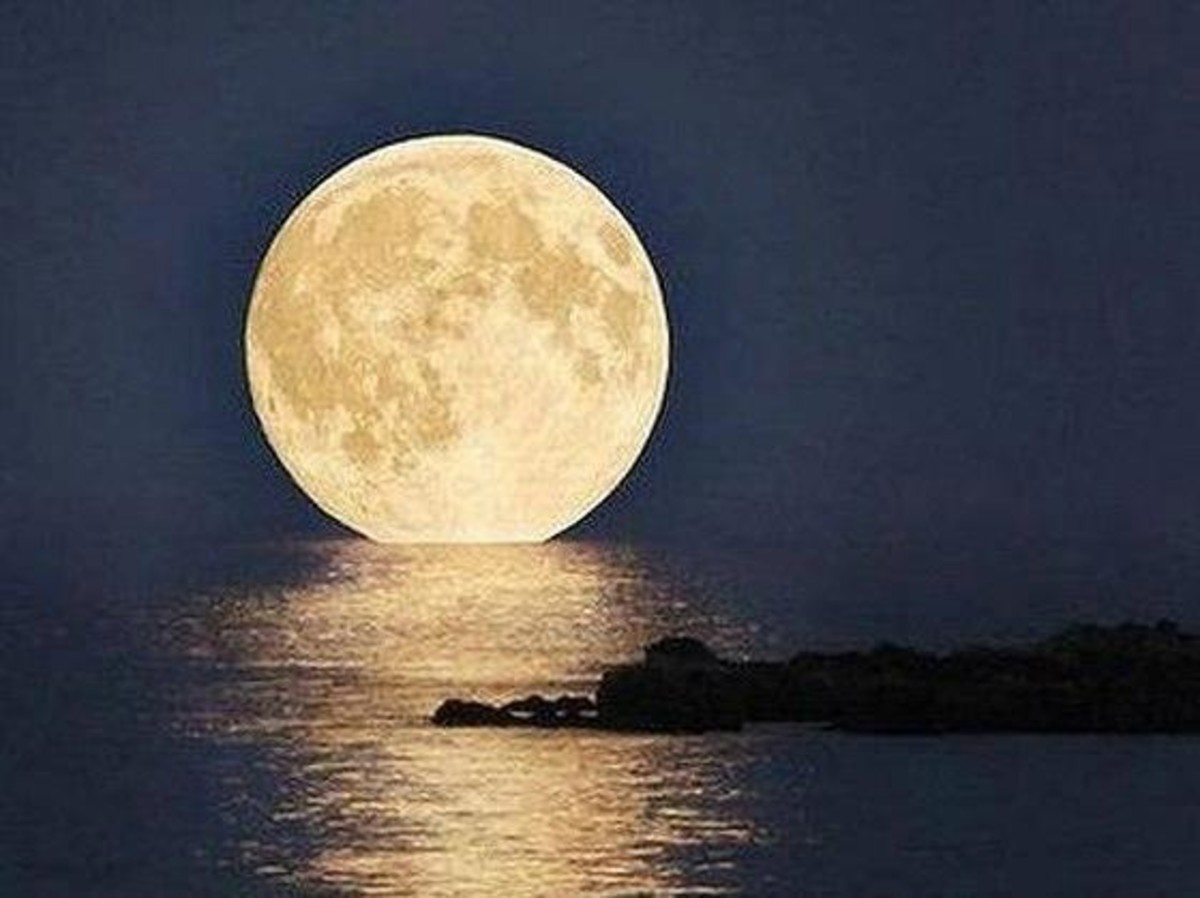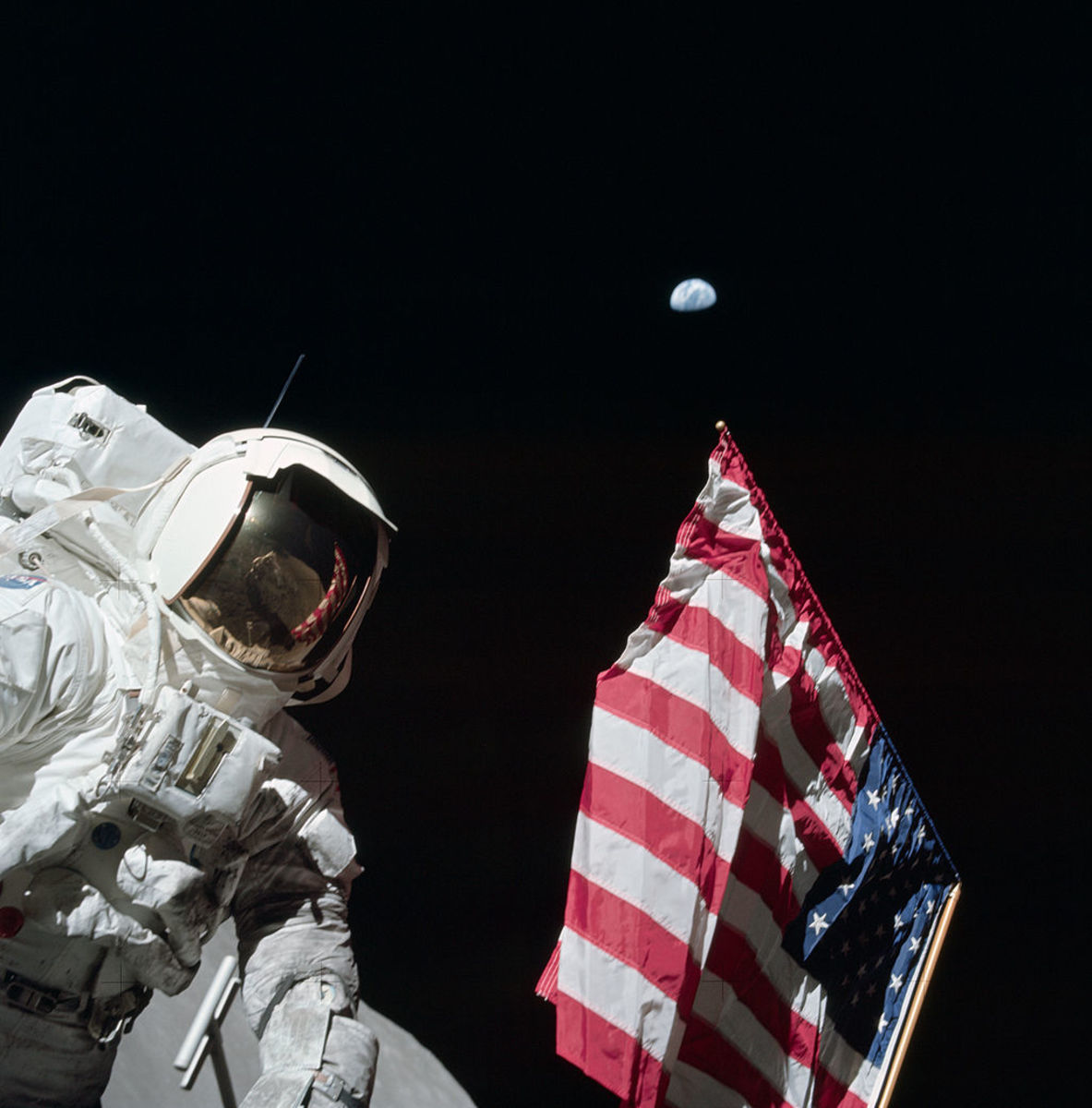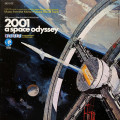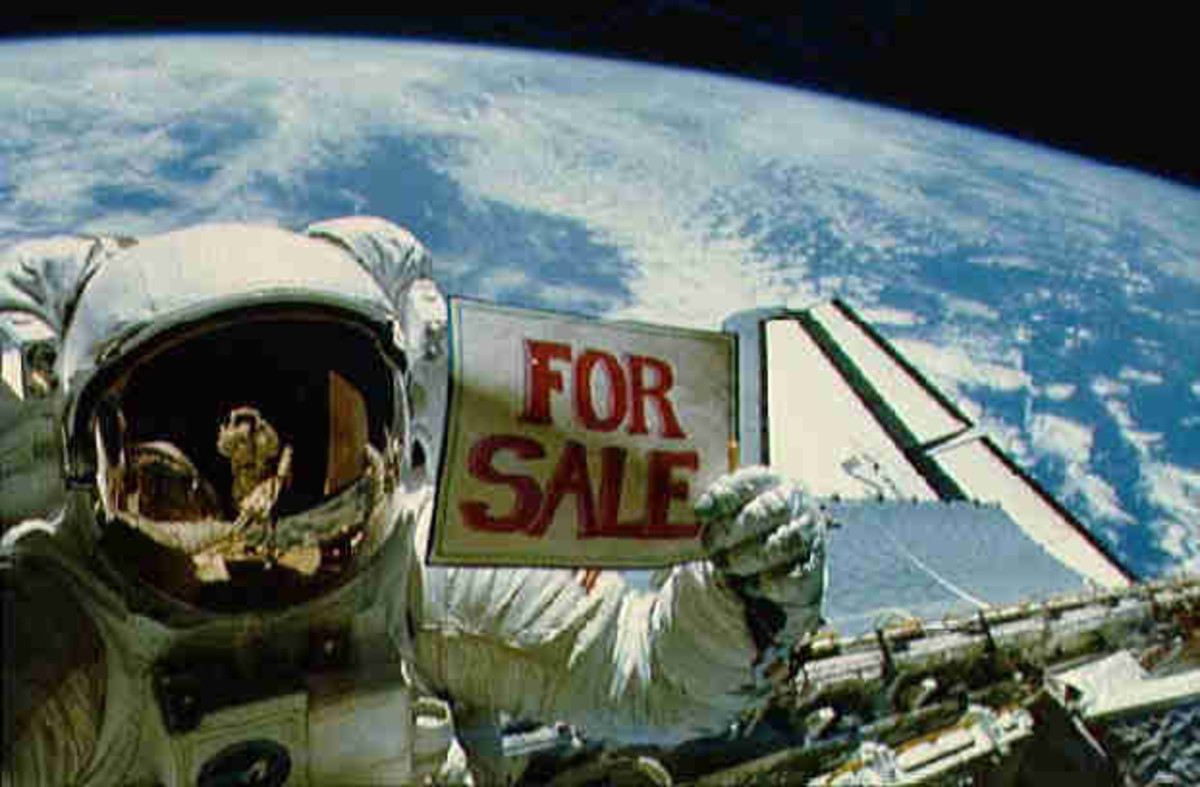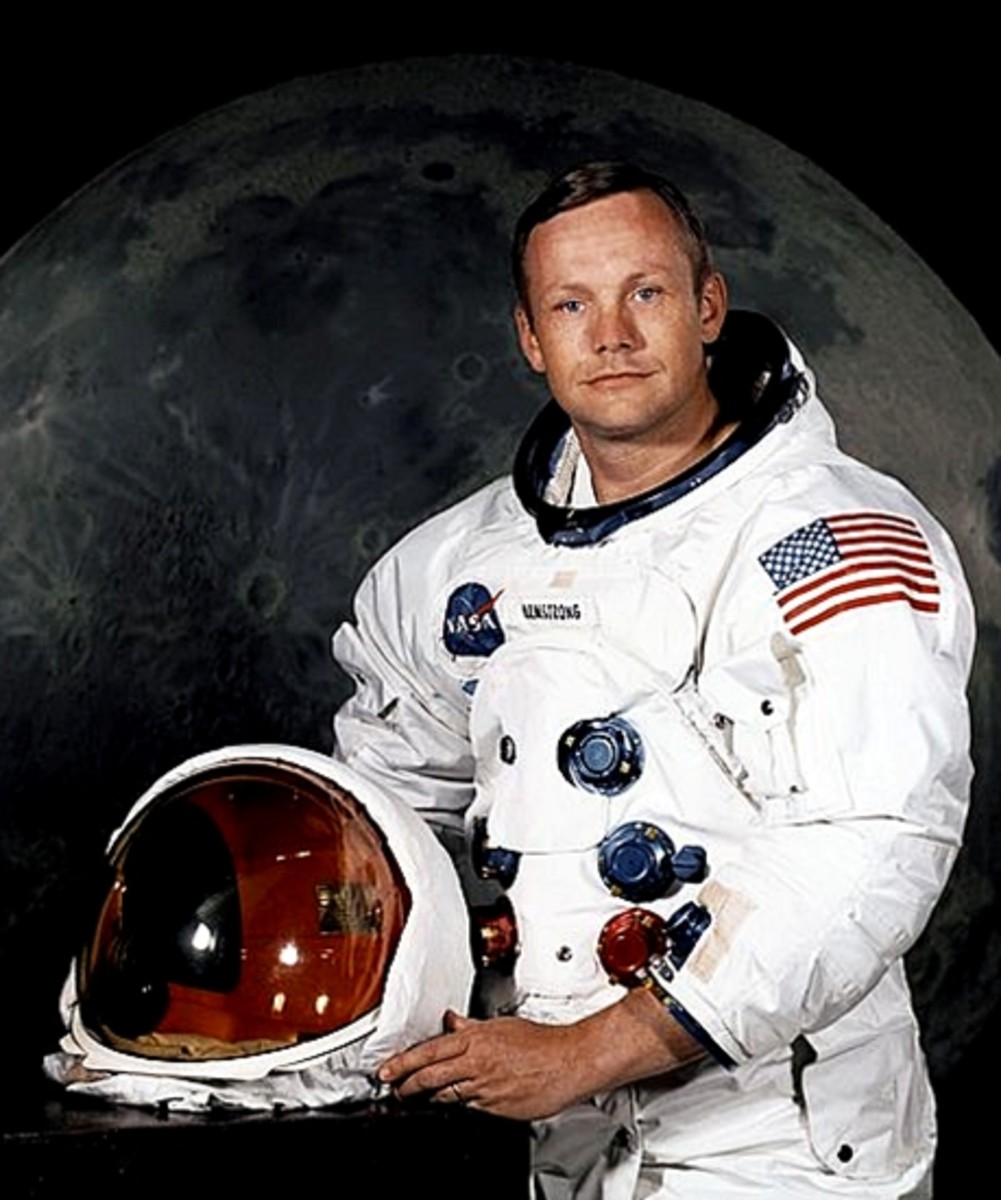Moon Origin Theories Adopted by Science
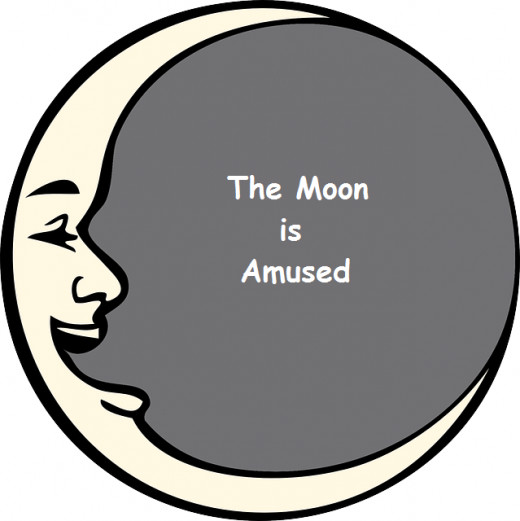
How High the Moon?
Since humanity's earliest days, people have wondered at the moon in the sky. Of what is it made? How far away is it? Who lives there? Did US astronauts really land there in 1969?
The satellite once was thought to be magic or madness-bringing, creating either power or lunacy in individuals who were struck by its pale light.
Have you ever been accused of being a lunatic? Or, do you know some lunatics?
Native North Americans observe a moon festival for thanksgiving that commemorates each full moon of the year. They usually have a sacred name for each month/full moon as well. Asian cultures also celebrate moon festivals.
The moon is important, for affecting the tides of Earth's large bodies of water and for helping maintain life on our planet; but, lunar eclipses are fun to watch.
Les Paul and the Moon
According to the History Channel and guitar experts on Pawn Stars, Les Paul produced the first electric guitar. In the video above, he and Mary Ford sing about the moon and its connection to love.
Lunatic:
An adjective in the late 13th century - "affected with periodic insanity, dependent on the changes of the moon," from Old French lunatique, lunage "insane," or directly from Late Latin lunaticus "moon-struck"...
Luna:
A name in the late 14th century - "moon," also an alchemical name for "silver;" from Latin luna "moon, goddess of the moon."
Love By the Light Of the Moon
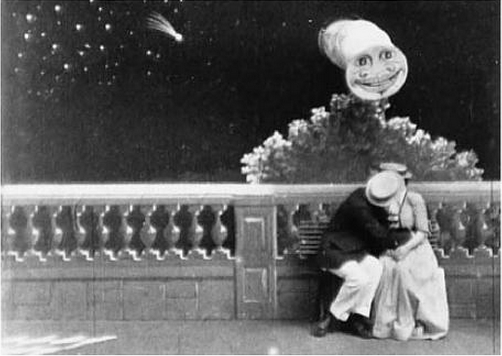
Lunacy

Misinformation In the Classroom
As a student in elementary school, I learned some science from teachers not trained to teach science. That is how I learned the following misinformation:
- All men are missing a rib on the left side of the ribcage,
- blue whales are not very big,
- kiwi birds are extinct, and
- the Islets of Langerhans are glands underneath the pancreas.
Of course, that's not all -
- Sitting in front of an electric fan will make you hot and
- scarlet fever can appear as a less deadly form of the disease that is a type of measles called "scarlet tina."
I must explain the last piece of misinformation: the Latin-derived name for scarlet fever is scarlatina. Some folks made up their own etiology for it.
Remembering Childhood Stories
I do not remember much about what we were taught of the moon from the 1930s- and 1940s-era books we used in order to save the school system money in the 1960s.
The 1960s made up the second decade of the Space Age and young students all wanted better information. Nothing was included in our old books about the Mercury astronauts, their spacecraft, NASA, or the current Apollo missions.
I went to the library with my parents and looked there for books about the solar system, while we were checking out other books required for book reports. A few were available, but small. However, explanations of moon history in some of the more modern science books written during first two decades of the American Space Program made more sense.
Top Five Moon Origin Theories
- Capture - We caught a celestial body as it came flying by (Seems weak).
- Fission - Luna came out of the Earth by ejection of molten mass (Maybe).
- Co-Formation - The moon just happened to form near the Earth (Maybe).
- Colliding Matter - Pieces of something(s) smashed into one another and stuck together to form planets and moons after the Big Bang (Too complex, I think).
- Giant Collision - An item the size of Mars hit the Earth and knocked Luna out of it (Still seems the best explanation).
The Moon at the Library
The local library and retail stores of the 1960s offered a series of small, thick soft cover books that addressed a number of scientific topics. This included the birds of North America, semi-precious stones, insects, trees, dinosaurs, and various segments of astronomy.
One of these books was all about the moon. The book on dinosaurs became obsolete quickly, with the discovery of increasing numbers of species in the fossil record during and after the late 1960s, but the lunar book contained theories revisited today.
Inside the small moon book was information gathered from the 1940s through the 1960s. One item I read stated that the moon twisted itself or was knocked out of the Pacific Ocean and that the moon is likely comprised of similar geology.
This theory was discounted and tossed away soon after the 1969 moon landing. Regardless, I was well entertained by seeing some small moon rocks at the National Museum of the Air Force at Wright Patterson Air Force Base in 1963. Today, it seems that the material of the moon and the material of Earth are similar.
Apollo 11 To the Moon
Click thumbnail to view full-size


The Moon - From Modern Scientists and Some Speculation
Scientists from various branches of study have argued about the origin of Earth's moon and about the age of our Luna. The magazine called Nature recently printed an article by Seth Jacobson and others that added a new twist of thought to the arguments.
It seems the Earth gained weight from impacts of small celestial bodies and this much is generally accepted by the larger body of Science. Jacobson further states that on impact of these smaller entities, the surface of the planet melted, because it contained iron - and the iron and other elements attracted to it sunk into the planetary core, where it all rotates today. Elements in Earth's crust that we see today arrived there later, from impacts made by other celestial entities, like pieces of forming planets, asteroids, etc.
Other evidence shows that Mars and Venus formed before the Earth formed and quite a long time previously. This ruins the theory that impacts from pieces of Mars tore the moon out of the Pacific Ocean, because there were no more "pieces", only a fully formed planet of Mars.
Still, some voices state that there was a last giant impact before our planter formed and that impact was made by an object the size of Mars. Could not this object be Mars itself, striking Earth and flying away in an arc to its approximately location today? If Mars struck what now is the Pacific Ocean, the moon might have been ripped out of that area, just as the old library books and retail books theorized.
The Pacific Rim is the most active area for seismic activity on our planet. Might that be because the land that was once there ripped away and formed a sort of "raw edge" of activity around the ocean? Perhaps this edge is full of unstable areas because the land is no longer there to hold it all in place.
I think that if land were present instead of water in the Pacific Ocean, then we might have additional volcanoes, geysers, and mountain ranges rather than the many large fault lines, earthquakes and mudslides in California and the Pacific Northwest, for instance. It's a possibility.
From where do you think the moon came?
How To Use Google Moon
Apollo Moon Mission Items Go To Auction: 2014
- Google Moon
Visit Google Moon. - Spacesuits, Apollo Moon Mission Items Go Up for Auction - NBC News
Everything from American and Russian spacesuits to a moon dust-covered strap from the Apollo 12 mission will be available to space history buffs at auction i...
This content is accurate and true to the best of the author’s knowledge and is not meant to substitute for formal and individualized advice from a qualified professional.
© 2014 Patty Inglish MS

